by Andrew Hedglin
 The Talented Ribkins by Ladee Hubbard is an amazing book to read, and yet the meaning can be evasive until the main character, Johnny Ribkins, can be fully understood. Johnny is a 72 year-old member of an extraordinary African-American family: the Ribkins, descendants of the Rib King™ (“said to have invented the best barbecue sauce recipe in the entire southeast”). Each member has an extraordinary talent, or power, whose value can be initially dubious, and, in isolation, maybe useless. Johnny can make maps of places he has never been nor seen, his brother Franklin can climb anything (even flat walls), his cousin Bertrand can spit fire, and his niece Eloise can catch anything that is thrown at her.
The Talented Ribkins by Ladee Hubbard is an amazing book to read, and yet the meaning can be evasive until the main character, Johnny Ribkins, can be fully understood. Johnny is a 72 year-old member of an extraordinary African-American family: the Ribkins, descendants of the Rib King™ (“said to have invented the best barbecue sauce recipe in the entire southeast”). Each member has an extraordinary talent, or power, whose value can be initially dubious, and, in isolation, maybe useless. Johnny can make maps of places he has never been nor seen, his brother Franklin can climb anything (even flat walls), his cousin Bertrand can spit fire, and his niece Eloise can catch anything that is thrown at her.
Initially, during the Civil Rights movement, Johnny organized his family (and some similarly-gifted friends) to form the Justice Committee, dedicated to helping Civil Rights heroes through their Freedom of Movement Movement, allowing them to move safely about the country. But when the Justice Committee falls apart due to interpersonal conflict, money issues, and Johnny’s escalating paranoia and flights of fancy, Johnny feels lost. Later, after he discovers the existence of his half-brother Franklin, and his wall-climbing capability, he turns to a life of crime as thieves-for-hire.
His partnership with Franklin eventually sours, too, leaving him freelancing his maps for slick gangster Melvin Meeks, from whom Johnny has been embezzling money for years. Now, Johnny has one week to pay off his $100,000 debt to Meeks. His plan is to raid his squirrel-holes from his past all up and down Florida, having burying money like a paranoid pirate, in places that are almost designed to bring back memories. It should be a relatively easy job, what with the amount of money he has stashed away. But he keeps running into people who need a hand-up, and ends up paying for two mortgages. Also, he finds the nature of his mission radically altered: his discovers, for the first time, his deceased brother Franklin’s 13 year-old daughter, Eloise (of catching ability). Soon, he finds her escorting her all over Florida, introducing her to her people, the talented Ribkins, and what it means to live life when you’re just a little bit…different.
The name of this novel and its themes are inspired by W.E.B. DuBois’s concept of the Talented Tenth. Basically, DuBois argued that a well-educated aristocracy of African-Americans would, if educated and equipped, rise up and lead the race of their race into prosperity and success. While this idea might sound elitist, context is critical. He was countering Booker T. Washington’s “Atlanta compromise“: that the races could be separate as the fingers, but work together as one hand economically. While Washington accomplished much and was interested in black advancement, his ideas appealed to pragmatic white supremacists, who wanted to keep black people not only humble but subservient. DuBois’s arguments were for black dignity, and full personhood, although not every black person would benefit initially.
The Ribkins are literally talented, standing in (in many ways) for the Talented Tenth. Eloise is talented and smart, but young and the product of a single-parent home. Can the examples of the elder Ribkins be emulated? Should they be? Do all the Ribkins(and Flash and the Hammer, the friends from the Justice Committee) use their talents the same way, and for the same purpose? This is important background information for a novel that is neither parable nor allegory, but definitely infused with important ideas.
But this isn’t a book with just ideas, it is filled with artistry and craft. The setting and history is immersive, and the characters are unique and memorable. Johnny himself is a cipher whose nature seems to shift through the paradigm of whatever old acquaintance he is interacting with. He is an interesting foil for Eloise, who is in the youthful process of discovering herself and her potential. The journey they make is an odd odyssey, filled with hosts with their own complicated motivations. Personally, one of my very parts is the “pie scene,” filled with some of the most delicious dramatic tension I have ever read.
Ultimately, though, you can’t fully appreciate the book until you finish it, when the story comes back home to Leigh Acres, when you find out what Johnny really is (and, for that matter, the true nature of Eloise is capable of). It is then that you see the way forward, and you will understand what DuBois says later when looking back at his Talented Tenth idea:
My own panacea of earlier days was flight of class from mass through the development of a TalentedTenth; but the power of this aristocracy of talent was to lie in its knowledge and character and not in its wealth.
Ladee Hubbard will serve as a panelist on the “First Fiction: The Discovery of the Debut” discussion at the Mississippi Book Festival on Saturday, August 19 at 4 p.m. at the State Capitol in Room 113.

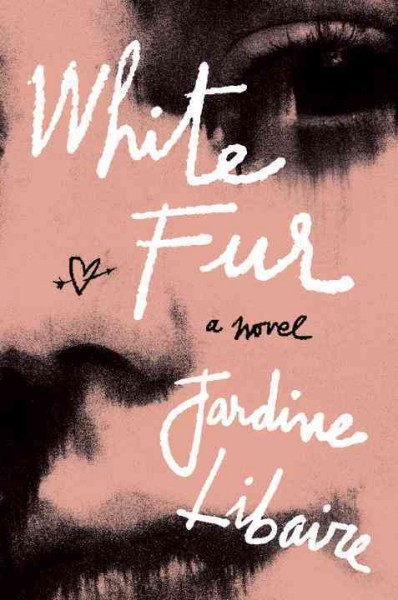 White Fur by Jardine Libaire is a gritty, uncommon love story set in New York in the 80s between two very uncommon people.
White Fur by Jardine Libaire is a gritty, uncommon love story set in New York in the 80s between two very uncommon people.

 Jack Kerouac is synonymous with The Beat Generation which included Allen Ginsberg, William S. Burroughs, Neal Cassady, Gary Synder, Herbet Edwin Huncke, and others. This generation of storytellers and poets explored the post-World War II culture, questioning America’s mainstream values, spirituality, religion, sexuality, and drug culture.
Jack Kerouac is synonymous with The Beat Generation which included Allen Ginsberg, William S. Burroughs, Neal Cassady, Gary Synder, Herbet Edwin Huncke, and others. This generation of storytellers and poets explored the post-World War II culture, questioning America’s mainstream values, spirituality, religion, sexuality, and drug culture. In 1958 for “Pageant” magazine Kerouac would define Beat further as one who is in “a state of beatitude . . . trying to love all of life, trying to be utterly sincere with everyone, practising endurance, kindness, cultivating a joy of heart” despite our mainstream world of consuming and meaningless distraction.
In 1958 for “Pageant” magazine Kerouac would define Beat further as one who is in “a state of beatitude . . . trying to love all of life, trying to be utterly sincere with everyone, practising endurance, kindness, cultivating a joy of heart” despite our mainstream world of consuming and meaningless distraction. Jack Kerouac became an icon frozen in the early 1950s helped by his withdrawal from the public eye and his early death at the age of 47 in 1969. After his death, Allen Ginsberg promoted his work to a new generation. Generations since have redefined his work for their place and time. Kerouac is still relevant today not because he or his writing was flawless but for the simple reasons that he was a keen observer of human interaction—he was nicknamed “Memory babe” as a child, his work encourages an alertness to and questioning of the world around him, his writing showed people being brutally honest with each other—people who were comfortable “letting it all hang out,” and he was a writer who was real—“a writer who has been there” as Allen Ginsberg described in Kerouac’s obituary.
Jack Kerouac became an icon frozen in the early 1950s helped by his withdrawal from the public eye and his early death at the age of 47 in 1969. After his death, Allen Ginsberg promoted his work to a new generation. Generations since have redefined his work for their place and time. Kerouac is still relevant today not because he or his writing was flawless but for the simple reasons that he was a keen observer of human interaction—he was nicknamed “Memory babe” as a child, his work encourages an alertness to and questioning of the world around him, his writing showed people being brutally honest with each other—people who were comfortable “letting it all hang out,” and he was a writer who was real—“a writer who has been there” as Allen Ginsberg described in Kerouac’s obituary.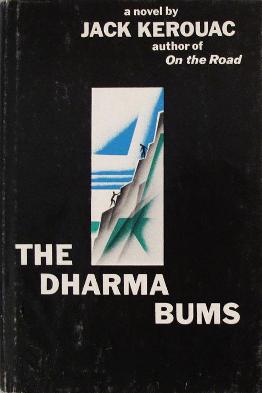 Since a resurgence of interest in his work in the seventies, all of Jack Kerouac’s books have remained in print. First editions of his books are scarce and valuable among collectors. “The Dharma Bums,” largely considered to be his most accessible work, will sell for upwards of a $1000. His literary and personal archive were secured at the New York Public Library in 2001, and in 2007 Penguin published the original 120-foot scroll of “On the Road,” energizing Kerouac’s work for the next generation.
Since a resurgence of interest in his work in the seventies, all of Jack Kerouac’s books have remained in print. First editions of his books are scarce and valuable among collectors. “The Dharma Bums,” largely considered to be his most accessible work, will sell for upwards of a $1000. His literary and personal archive were secured at the New York Public Library in 2001, and in 2007 Penguin published the original 120-foot scroll of “On the Road,” energizing Kerouac’s work for the next generation.

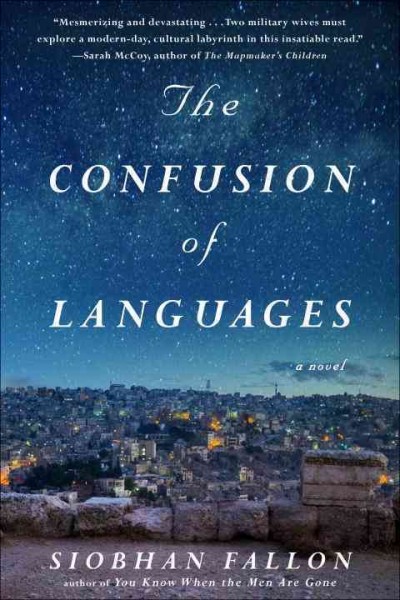 The Confusion of Languages
The Confusion of Languages Jaroslav Kalfar’s
Jaroslav Kalfar’s 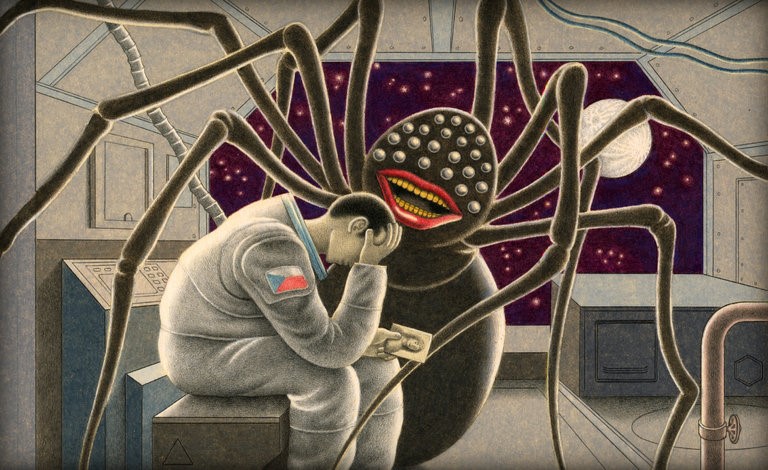
 The first book on my list is the new novel from Alissa Nutting,
The first book on my list is the new novel from Alissa Nutting,  Her only option is to seek refuge in her father’s home that is in a retirement trailer park. Did I mention that her widower father has just purchased a brand new lifelike sex doll named Diane? Hazel’s father’s hope is that in his last years he will die doing something that he loves; obviously, that thing is having sex with Diane. “Hazel began to look at the five-foot four-inch silicone princess a little differently now: Penthouse pet from waist up, Dr. Kevorkian from the waste down.” If this little bit I’ve just shared does not convince you to buy this book, then we do not share the same sick sense of humor…and that is totally your choice. Albeit the wrong one, but I digress.
Her only option is to seek refuge in her father’s home that is in a retirement trailer park. Did I mention that her widower father has just purchased a brand new lifelike sex doll named Diane? Hazel’s father’s hope is that in his last years he will die doing something that he loves; obviously, that thing is having sex with Diane. “Hazel began to look at the five-foot four-inch silicone princess a little differently now: Penthouse pet from waist up, Dr. Kevorkian from the waste down.” If this little bit I’ve just shared does not convince you to buy this book, then we do not share the same sick sense of humor…and that is totally your choice. Albeit the wrong one, but I digress. Number two is
Number two is  Watch Me Disappear
Watch Me Disappear Last but not least is number five on the list,
Last but not least is number five on the list, 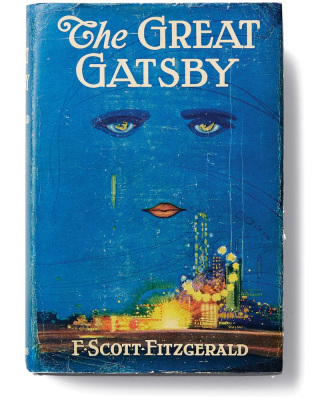
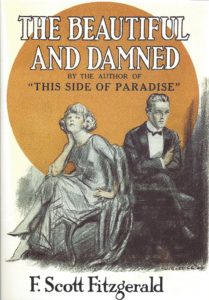 After the great success of his first novel,
After the great success of his first novel, 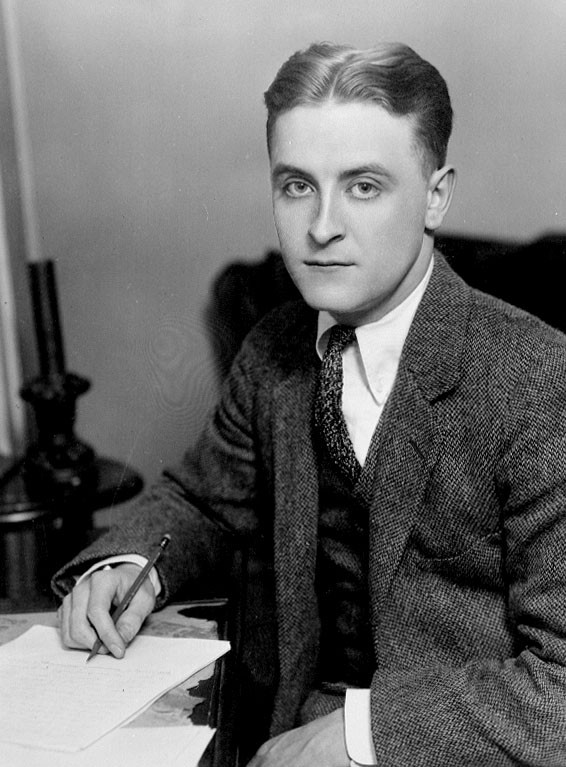 F. Scott Fitzgerald wrote his first novel,
F. Scott Fitzgerald wrote his first novel, 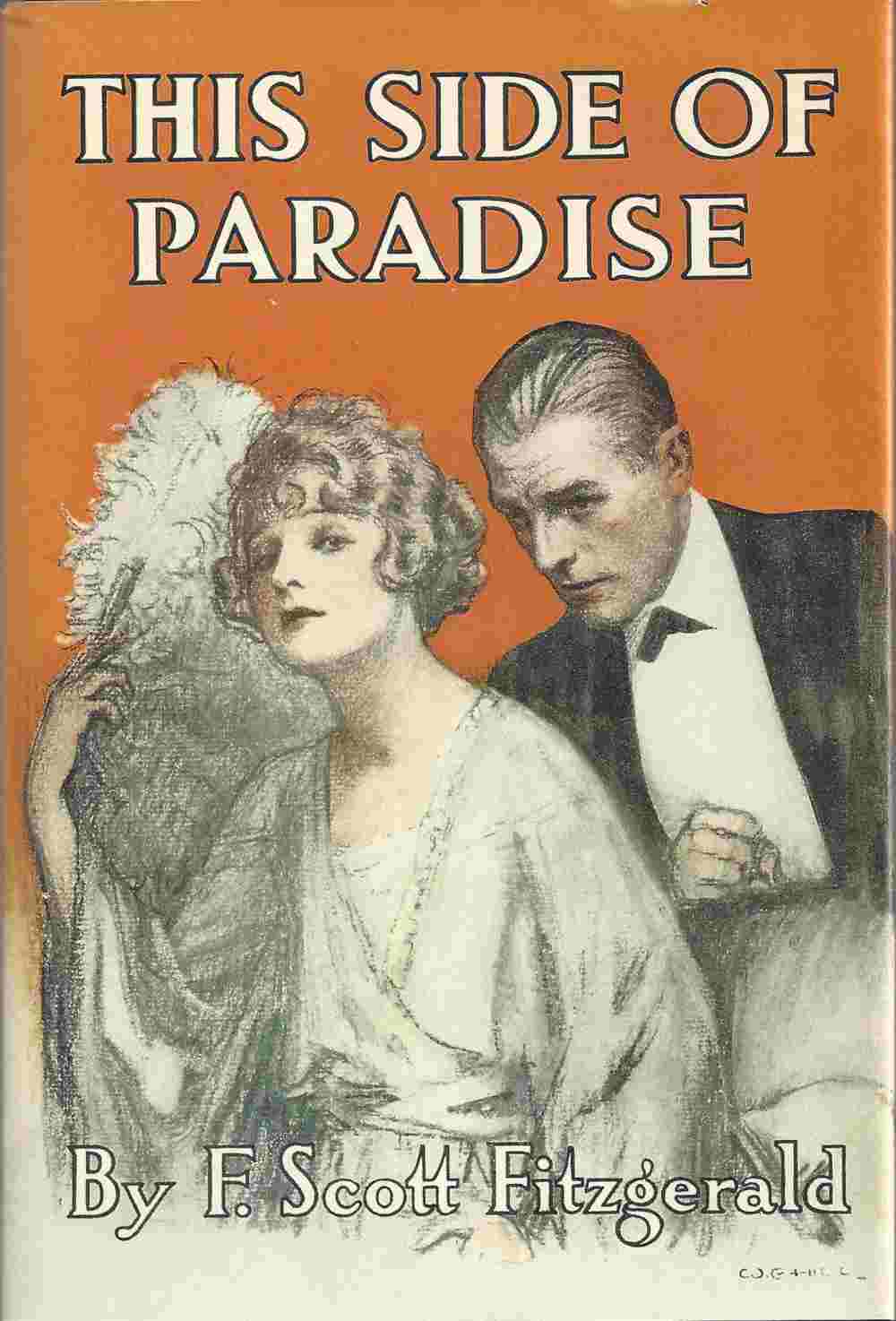 The dust jacket of any Fitzgerald first edition is key to its value. In the 1920s, publishers had only been making dust jackets for a short time. Readers often pulled them off and threw them away. Prior to the advent of the dust jacket, books were stamped with the title and author and often embellished with beautiful designs and gold stamped accents. The new dust jackets promoted the book, protected it, and advertised other books from the publisher. Because of this change in book design, it is very hard to find one of the 3,000 first printings of “This Side of Paradise”—a debut by a relatively unknown author—with the dust jacket present and in good condition. The era before climate control also did nothing to help preserve books.
The dust jacket of any Fitzgerald first edition is key to its value. In the 1920s, publishers had only been making dust jackets for a short time. Readers often pulled them off and threw them away. Prior to the advent of the dust jacket, books were stamped with the title and author and often embellished with beautiful designs and gold stamped accents. The new dust jackets promoted the book, protected it, and advertised other books from the publisher. Because of this change in book design, it is very hard to find one of the 3,000 first printings of “This Side of Paradise”—a debut by a relatively unknown author—with the dust jacket present and in good condition. The era before climate control also did nothing to help preserve books.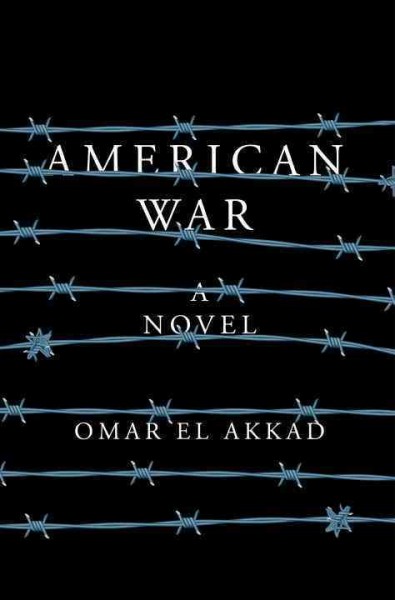 The story of Omar El Akkad’s
The story of Omar El Akkad’s 